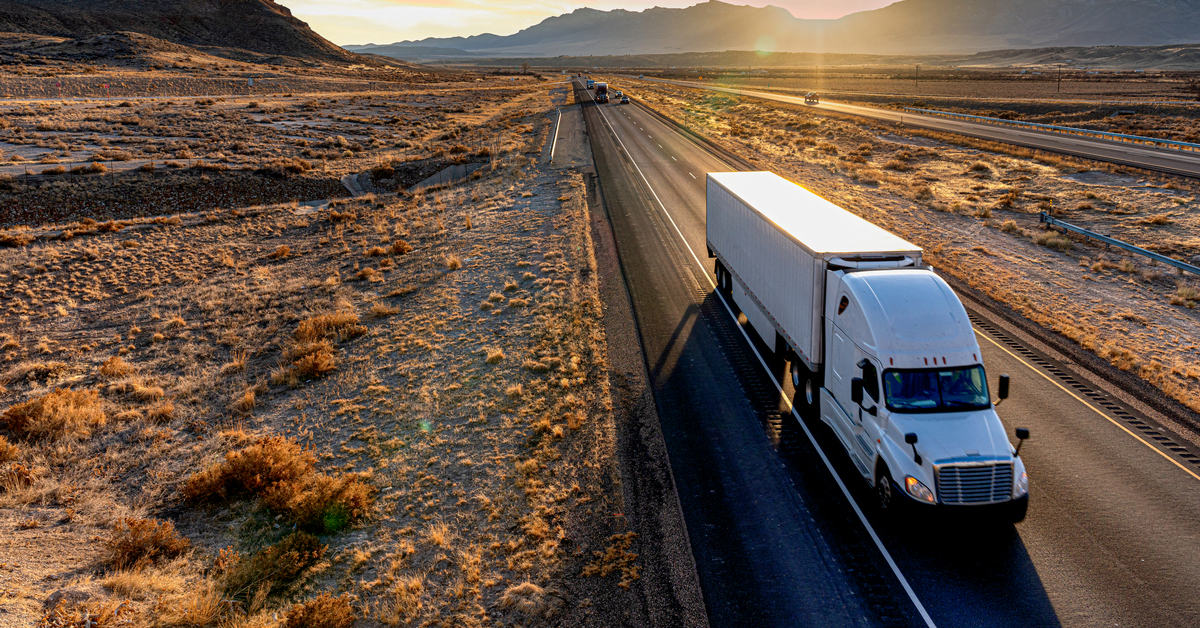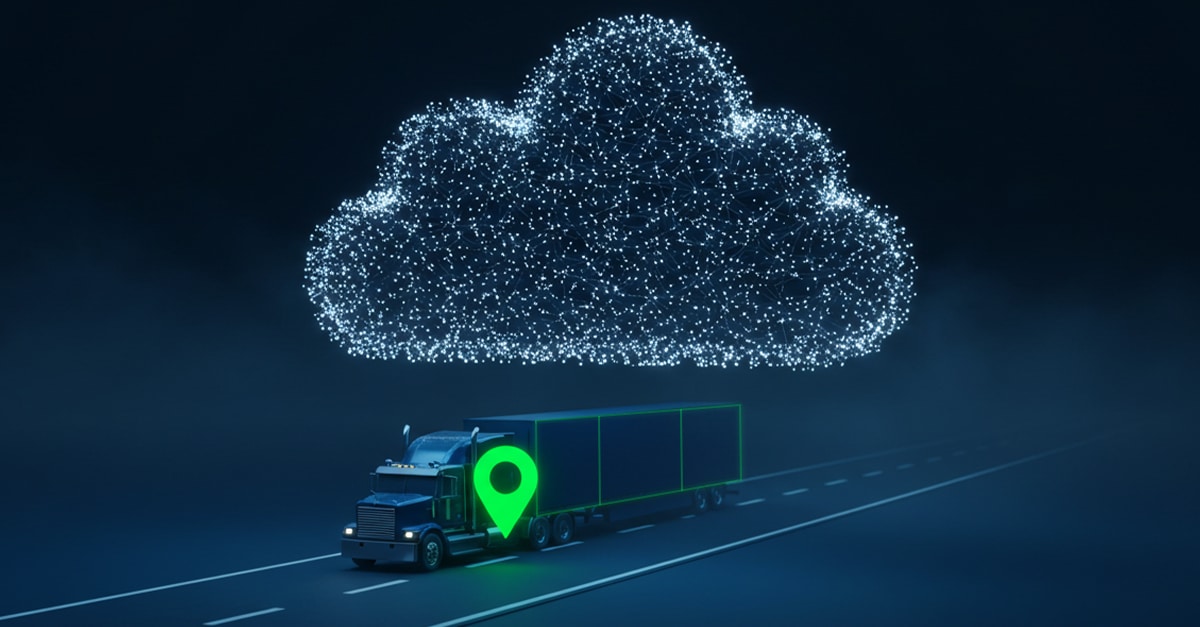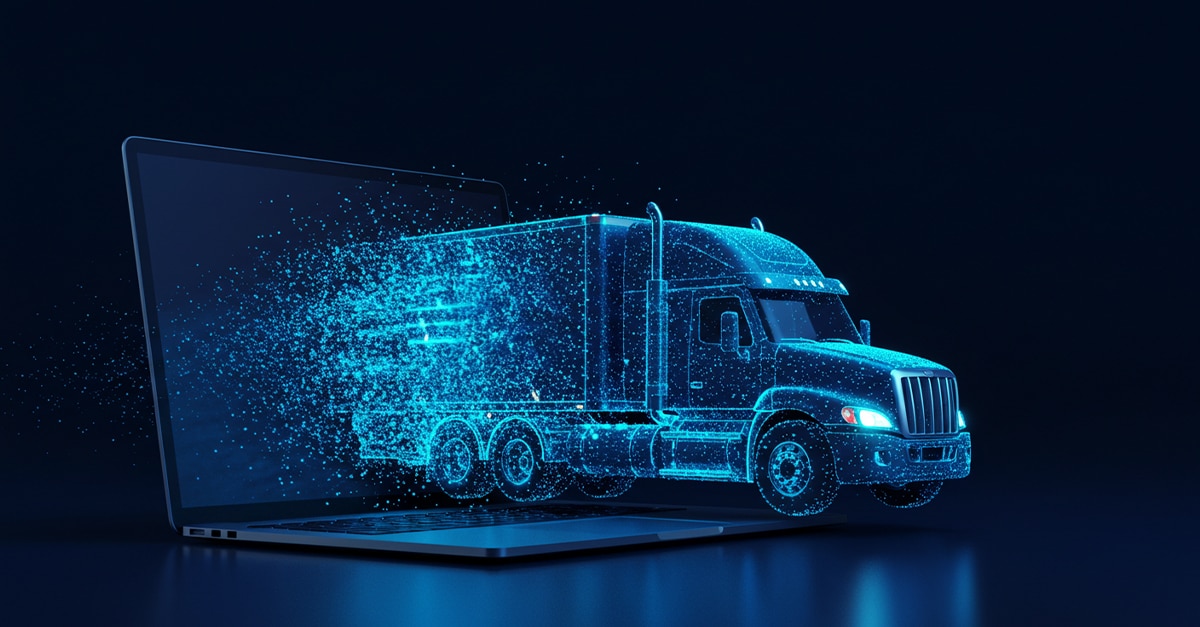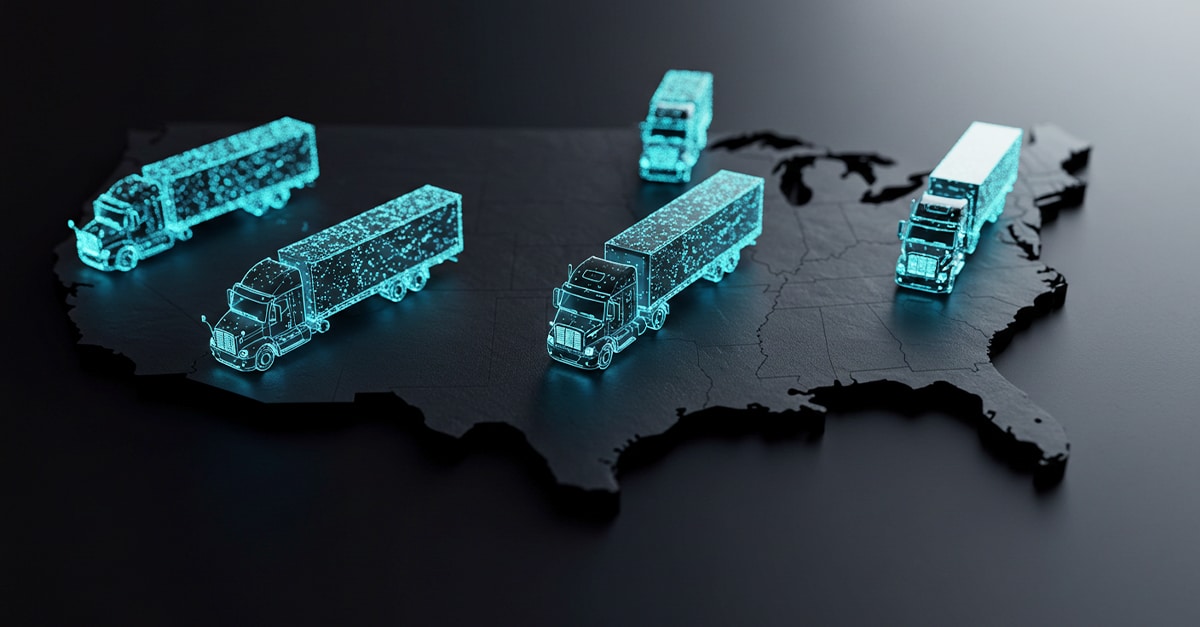Full truckload, also known as FTL shipping, is the ideal choice for huge shipments or significant quantities of items that fill the entire truck. Only one company’s cargo is loaded in the vehicle, even if the cargo doesn’t use up the complete vehicle’s capacity. Most businesses take FTL as a precaution to prevent product contamination of their goods or in-transit damages.
Less than truckload, often known as LTL, is when a single trailer transports goods from several shippers instead of just one. In LTL, different shipments are placed into a single vehicle to maximize capacity usage. Smaller companies typically select this transportation load since it has a less stringent budget and delivery criteria.
Advantages of LTL and FTL
Both the FTL and LTL have advantages of their own. LTL saves money as the companies don’t have to book the whole vehicle. It is appropriate for modest shipments containing just a few pallets.
FTL, on the other hand, is the most acceptable option for shipping valuable and delicate items. Additionally, it ensures punctual pick-ups and deliveries. For wholesalers and manufacturers that deal with raw materials, priceless items, and fragile or hazardous commodities, FTL is the ideal option.
Technological advances that enhance visibility
LTL shipments have become a go-to delivery option due to the eCommerce surge and clients’ changing delivery expectations. Even if LTL shipping has developed into a reliable method of moving freight, shippers will not be able to fully realize its potential if they do not implement a reliable, data-driven LTL solution.
Here are some of the main advantages of data-driven technological advances, from real-time insight to assisting shippers in carrier selection to streamlining procedures.
1. In-transit Visibility
Delivering goods on time, improving customer experience, lowering shipping risks, and cutting costs without comprehensive visibility of freight movement is difficult. To increase visibility while items are moving, companies like Amazon are spending heavily. They are investing in data-driven logistics systems which use specialized sensors as hardware for data collection. Such a system produces real-time data on items in transit.
High levels of in-transit visibility enable shippers and carriers to react swiftly to crises and inform clients of the status of their deliveries. It gives shippers the power to easily access information about a truck’s whereabouts and avoids unnecessary detours, delays, and other exceptions. It uses real-time delivery data to limit the potential for theft and pilferage on subsequent trips to conduct a detailed stopping analysis. It makes it simple to manage vehicles from several carriers.
2. Smart Carrier Selection
It’s essential to work with the best LTL carriers to ensure efficient and affordable delivery operations. Only a few dominant major LTL carriers drive up shipping costs in nations like the US. Therefore, organizations want a data-driven LTL solution when it comes to carrier selection. It enables shippers to set up specific guidelines when choosing LTL carriers. These regulations may consider customer preferences, service types, region, volume, TATs, manual priority, and other factors. Shippers can obtain bids from carriers in real-time during abrupt demand surges and carrier unavailability and let the system drive the selection basis carrier’s past performance.
3. Improving Customer Experiences
Keep customers at the center, whether LTL or FTL, B2B or B2C, to secure repeat business. Enterprises nowadays rely on many LTL carriers to complete deliveries to meet the growing demand. This is difficult for the consumer since tracing packages transported by different carriers makes it difficult. Nowadays, customer experience is a critical competitive difference, and as a result, shippers are ensuring high delivery transparency with end customers.
In addition to guaranteeing delivery transparency, an LTL solution effectively conceals 3PLs from the customer’s view to simplify tracking and create a direct link between the shipper and the consumer. A customer is informed of the real-time delivery progress through a data-driven LTL system. Additionally, it shares any delays or other exceptions.
Carriers can swiftly record specific delivery instructions, location modifications, or rescheduling requests thanks to a data-driven LTL solution powered by intelligent bots. The delivery workflow is then seamlessly tied to this information to guarantee adherence to changing client needs. Shippers may utilize consumer input on delivery performance to archive and better plan carrier networks using such a service.
4. Process Streamlining
Shippers may lose thousands of dollars due to inaccurate transportation invoices. Shippers may rapidly see which carriers often result in the most billing errors by using an LTL solution, and they can then make the necessary modifications.
By examining the electronic records of each delivery made by a carrier, a data-driven LTL solution assists finance teams in validating carrier bills. Due to its built-in ePoD (electronic proof of delivery) capacity, shippers no longer depend on carriers to verify the status of their shipments. When packages are received, it shows customer signatures, further enhancing data dependability.
5. Effective Route Planning & ETA Improvements
This LTL system, powered by machine learning technology, learns from the actual routes traveled by current and previous delivery vehicles. It uses this data to plan the most affordable and productive routes for subsequent deliveries. Real-time notifications for deviations also assist carriers in making sure that vehicles follow the pre-planned route. All of these functions improve the delivery turnaround time.
Machine learnings and optimizations can precisely estimate the delivery date and time based on real-time location data collected from the in-transit delivery fleet.
If you are looking for great Collaborative TMS solutions that integrate easily, Turvo is the right partner. Turvo provides the world’s leading Collaborative TMS application designed for the supply chain. Turvo connects people and organizations, allowing shippers, logistics providers, and carriers to unite their supply chains, deliver outstanding customer experiences, collaborate in real-time, and accelerate growth. The technology unifies all systems, internal and external, providing one end-to-end solution to execute all operations and analytics while eliminating redundant manual tasks and automating business processes. Turvo’s customers include some of the world’s most considerable Fortune 500 logistics service providers, shippers, and freight brokers. Turvo is based in the San Francisco Bay Area with offices in Dallas, Texas, and Hyderabad, India.









